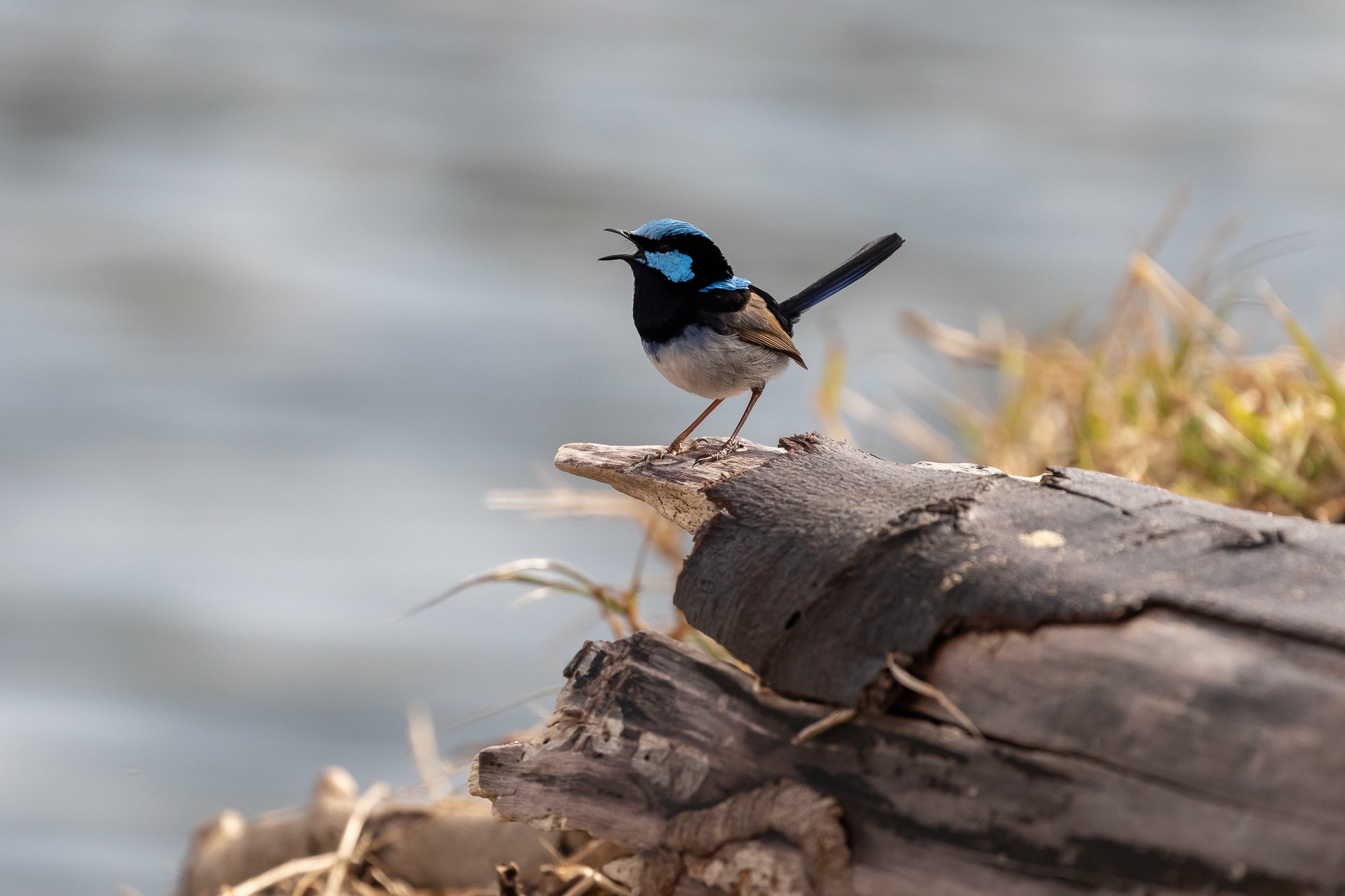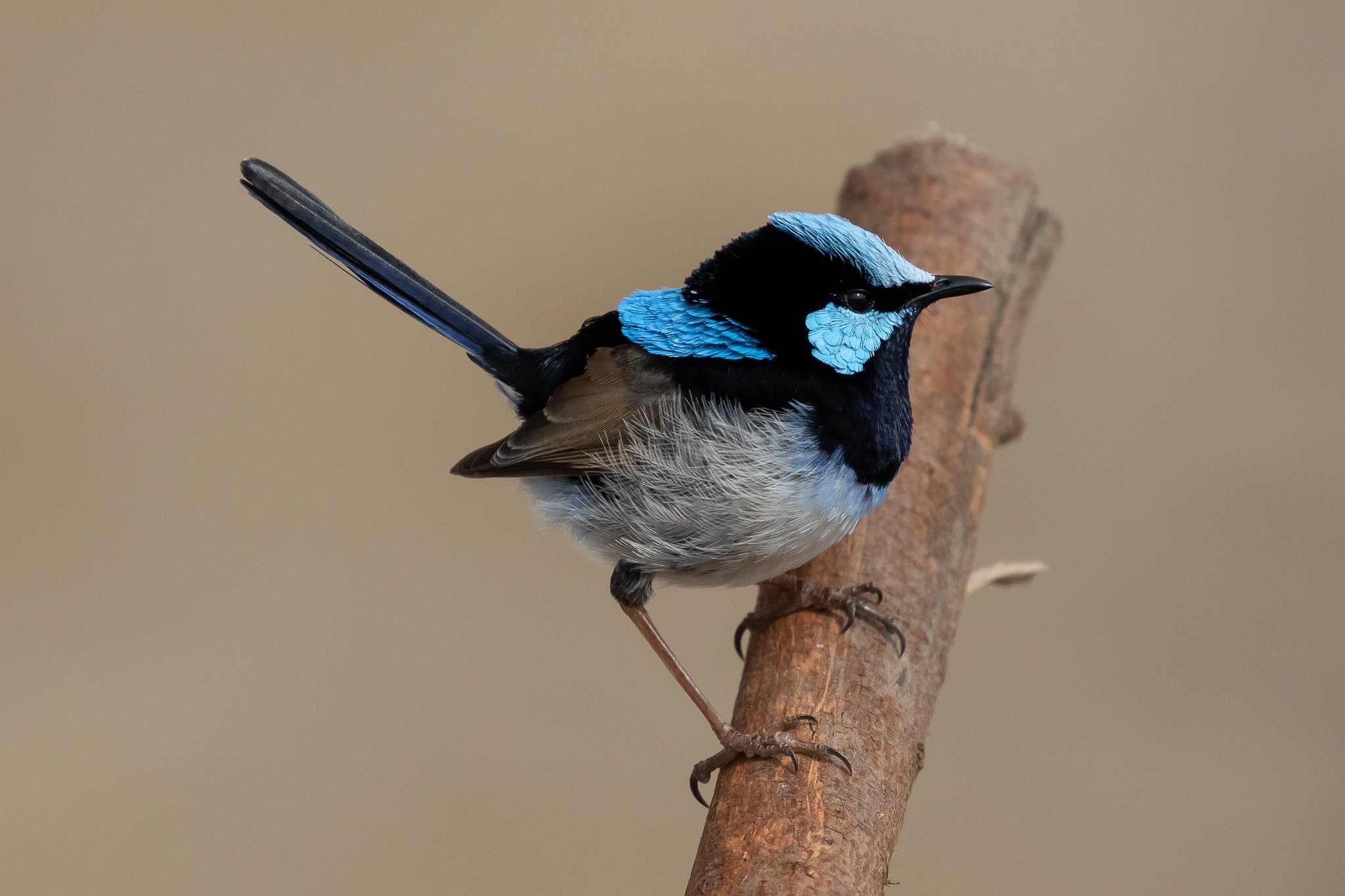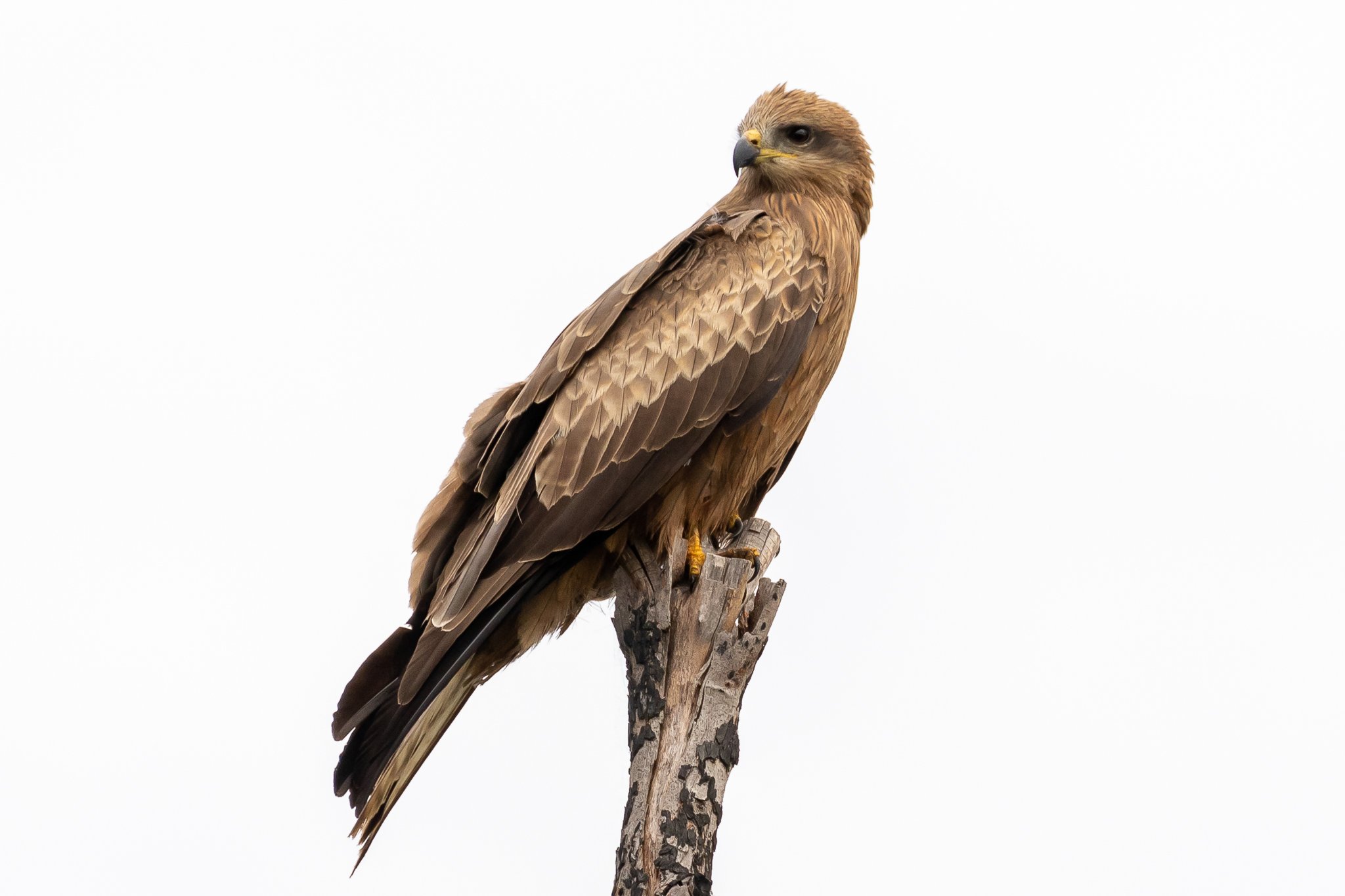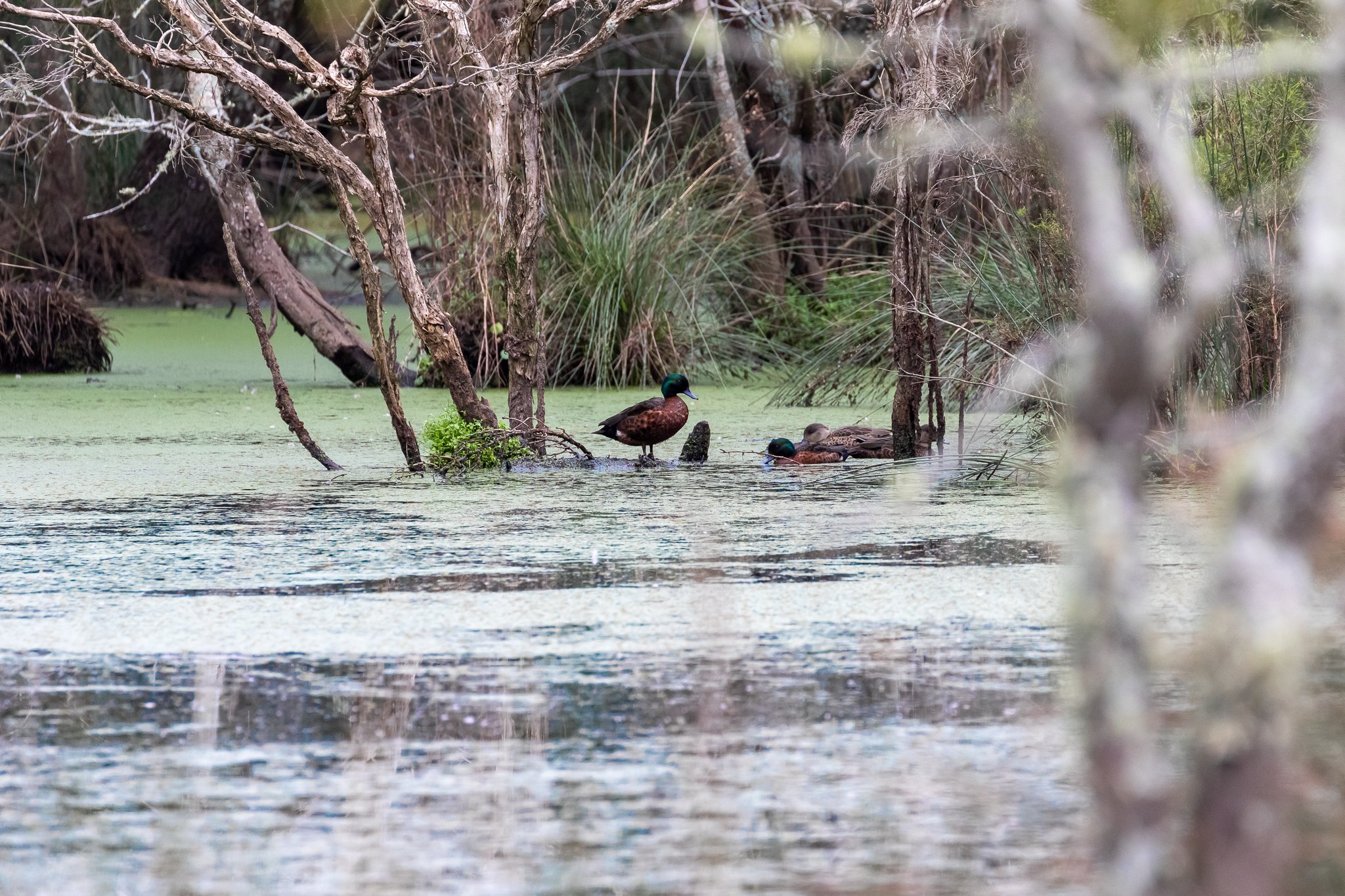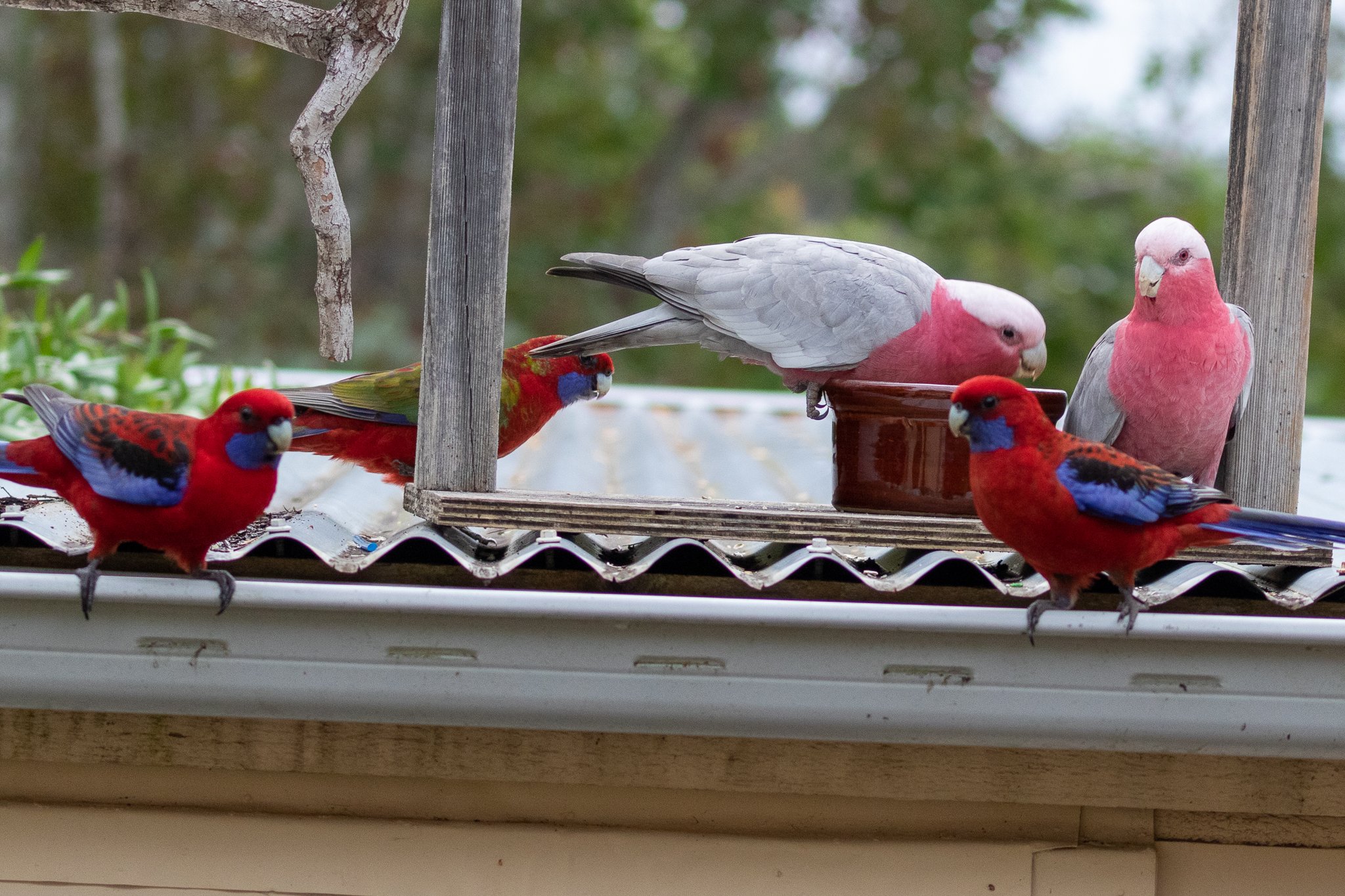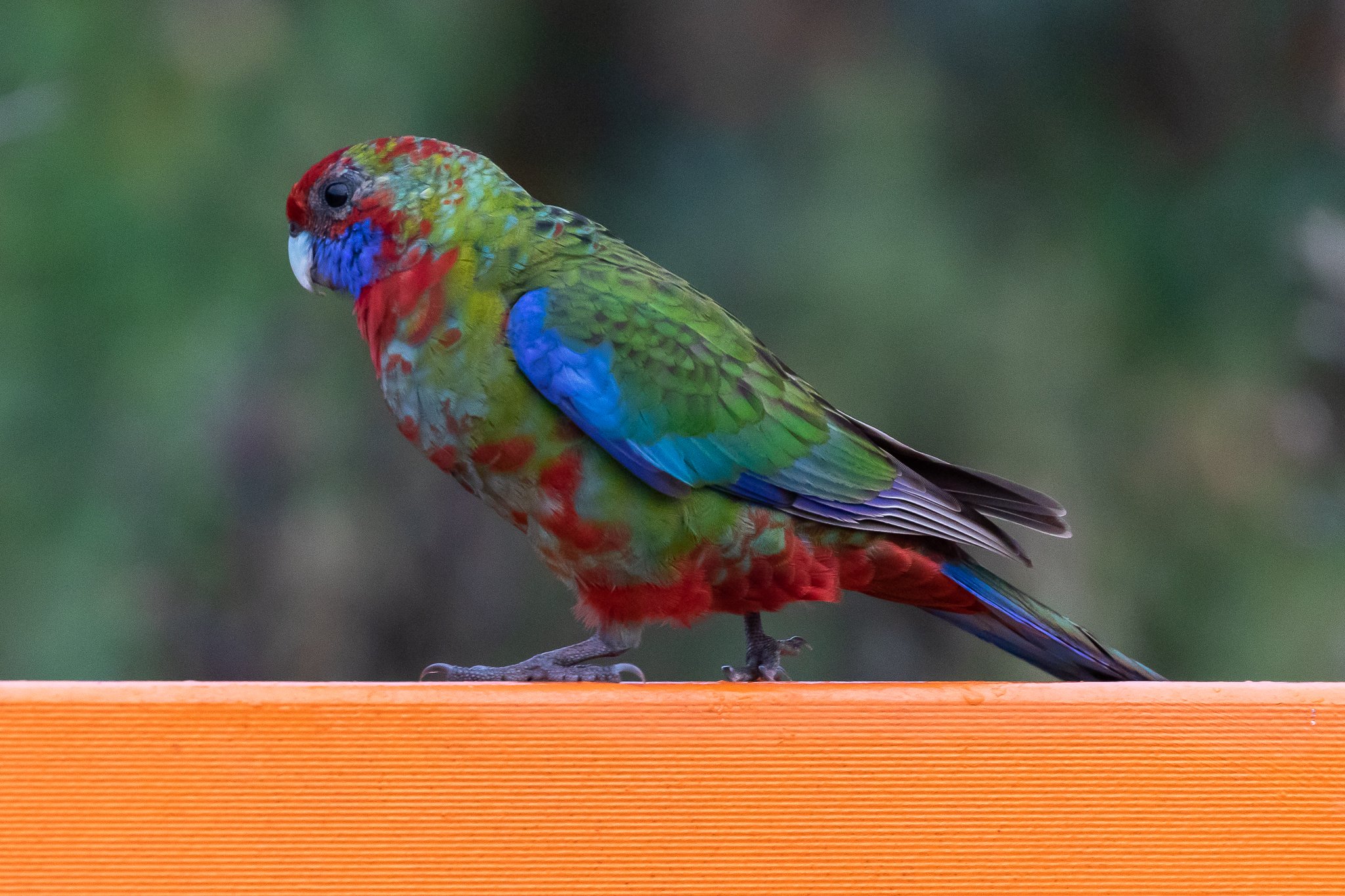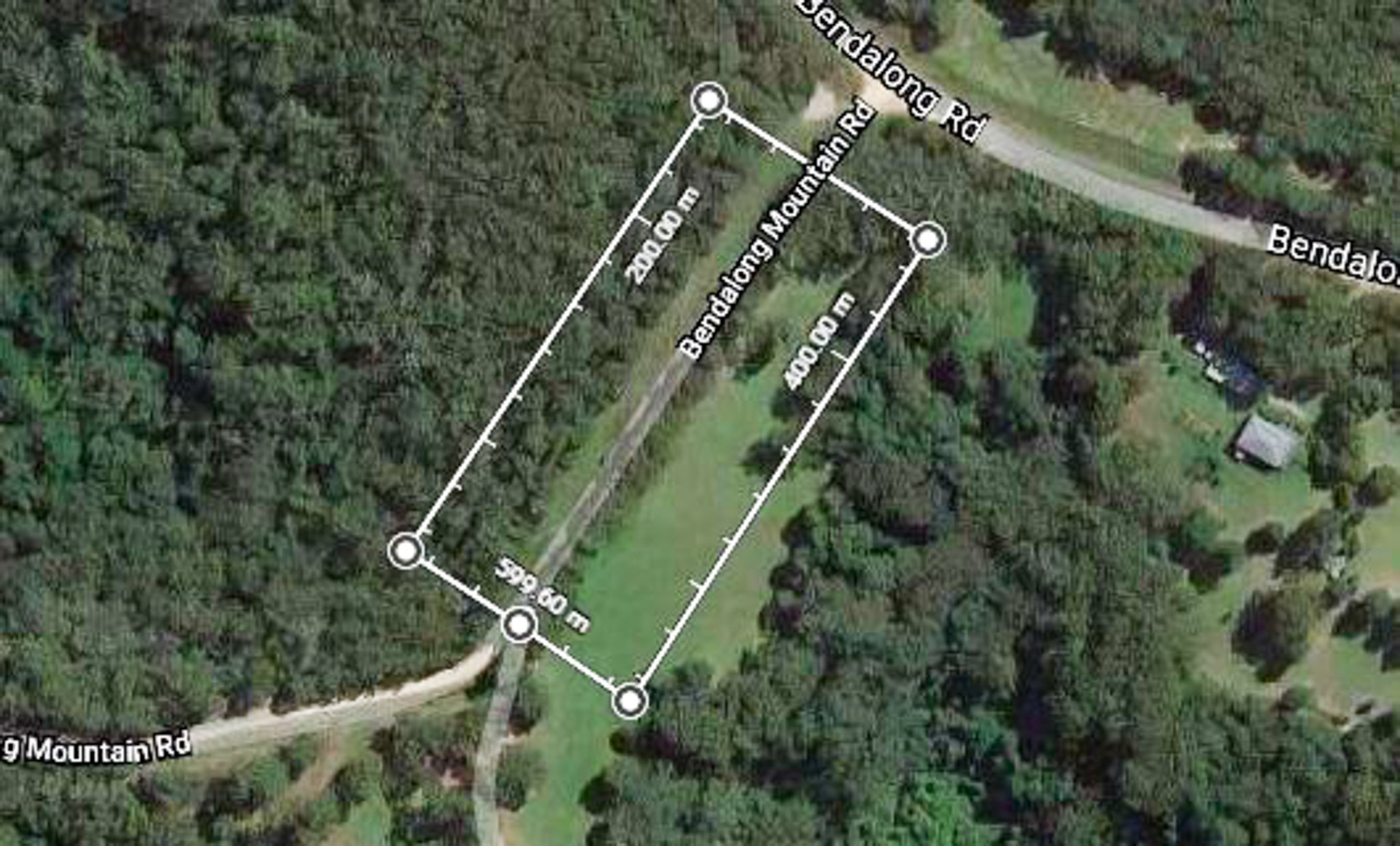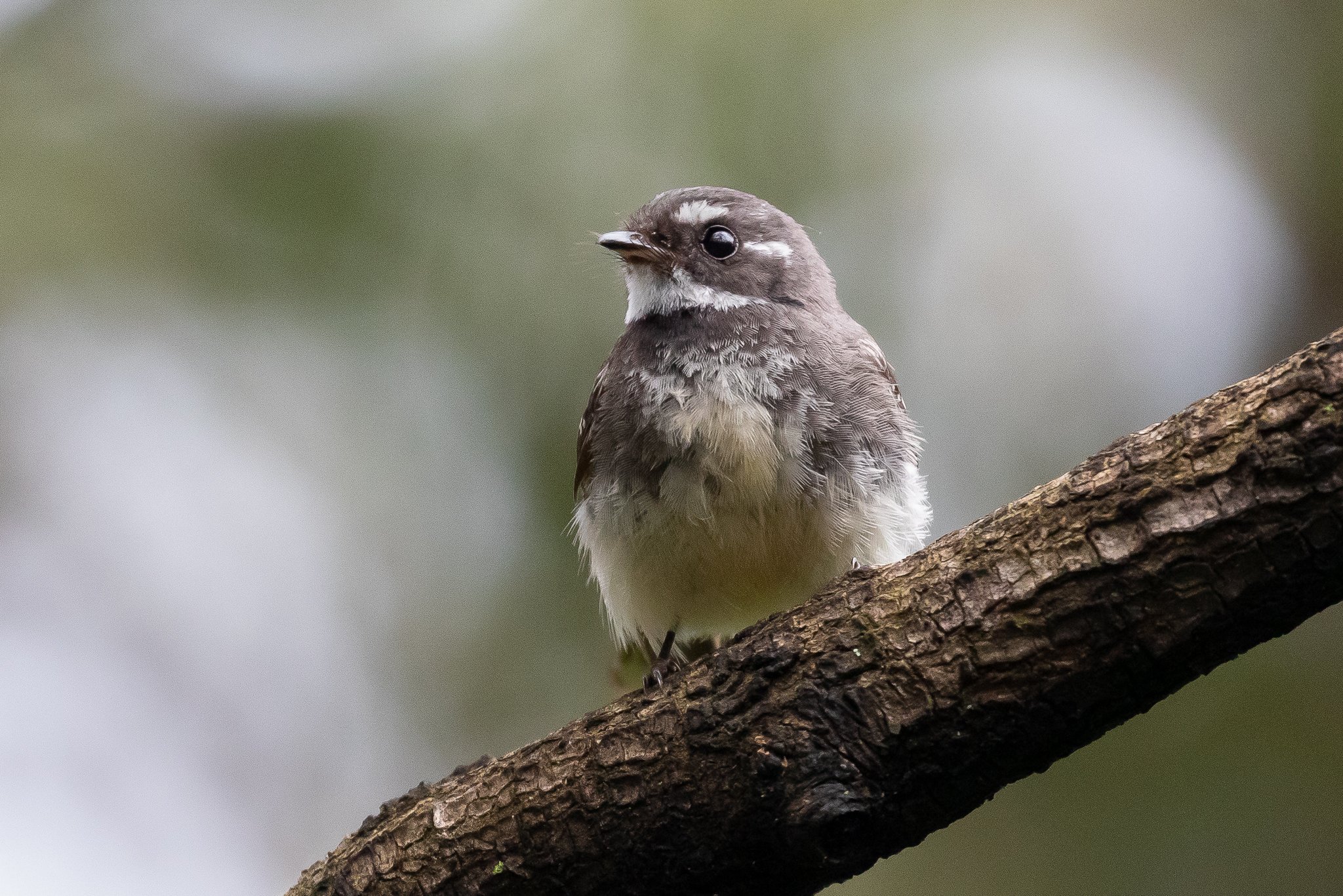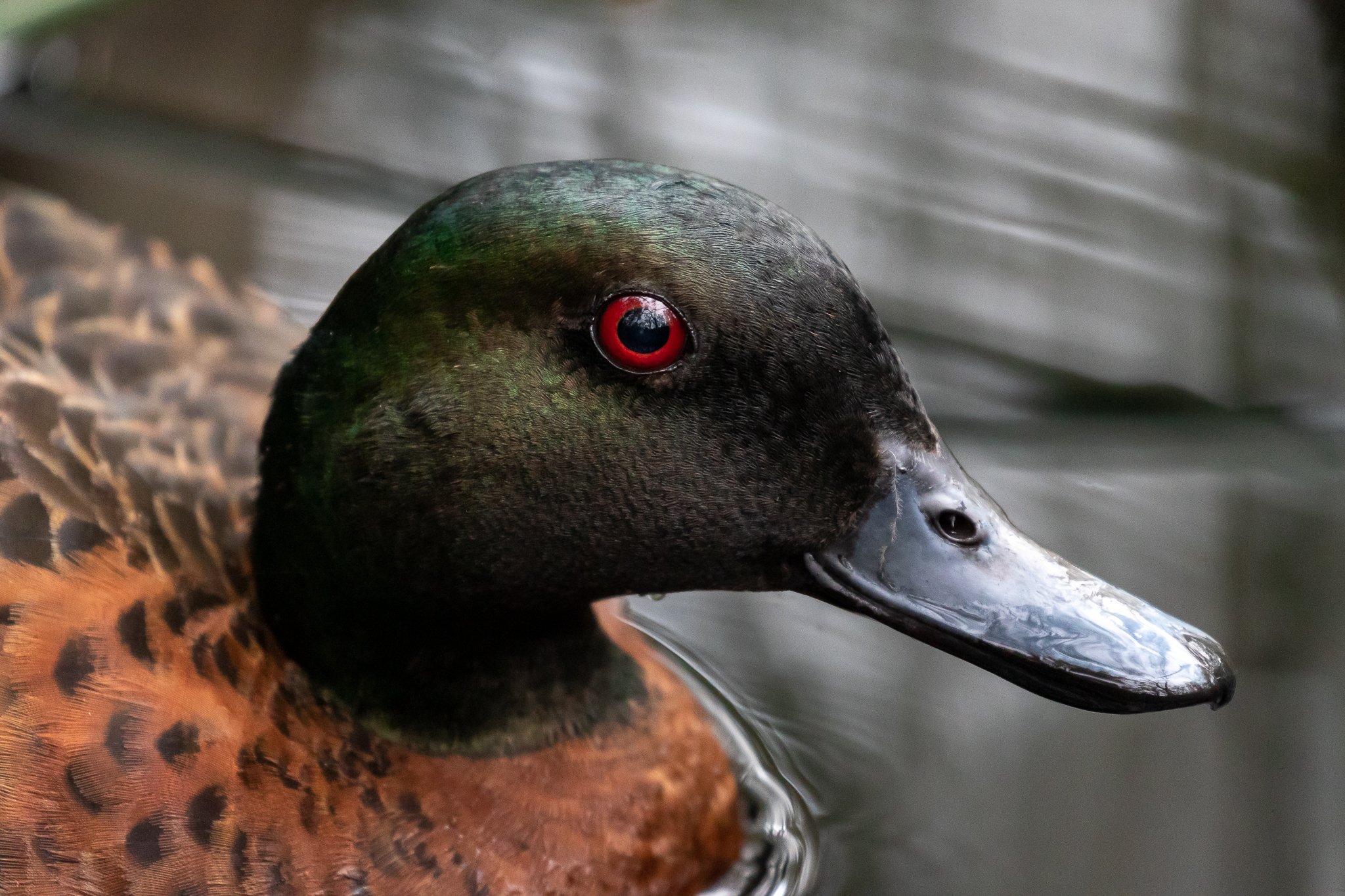The reason for this clearing is likely to be given as “ bush fire risk management” but it seems highly unlikely that these clearances would have protected anything or in any way changed the course of the devastating Currowan fire last year.
I started monitoring these survey sites after the fires, to get an idea of bird numbers in the central area of Conjola National Park. At that time the park was still closed so road-side sites were the only way you could do this.
There are not a lot of birds in this area, at least this has been the case during the surveys I have done since the fires. The most recent survey, conducted after tree removal, counted eight and seven total birds on the sites respectively in a 20 minute count. It will be difficult to see if the removal of trees has any effect on bird numbers in this small area. Nevertheless clearances like this are part of the insidious decline in habitat, responsible for the decline of bird species generally.























